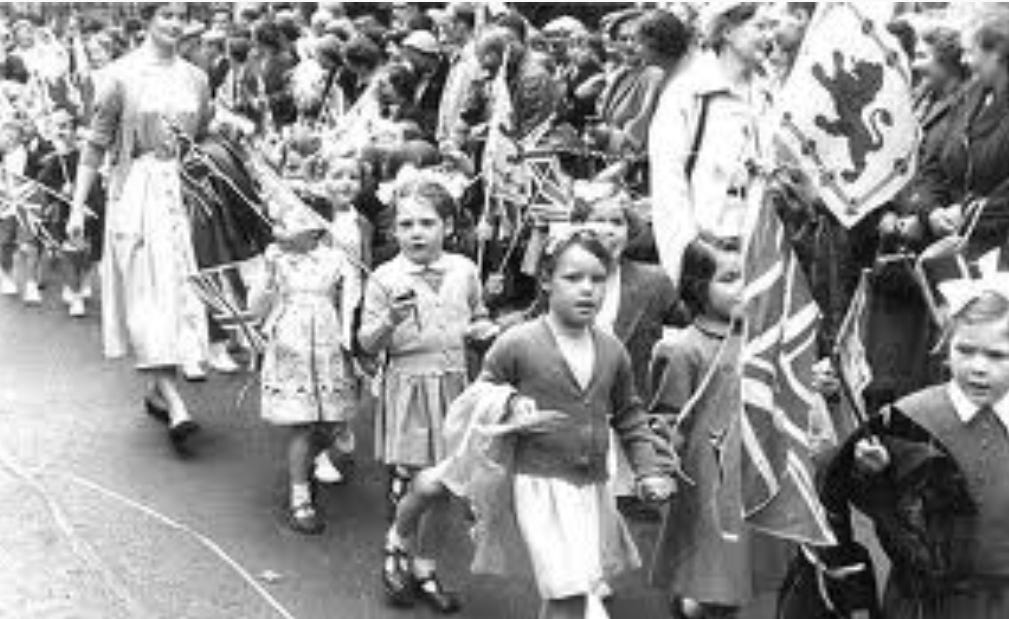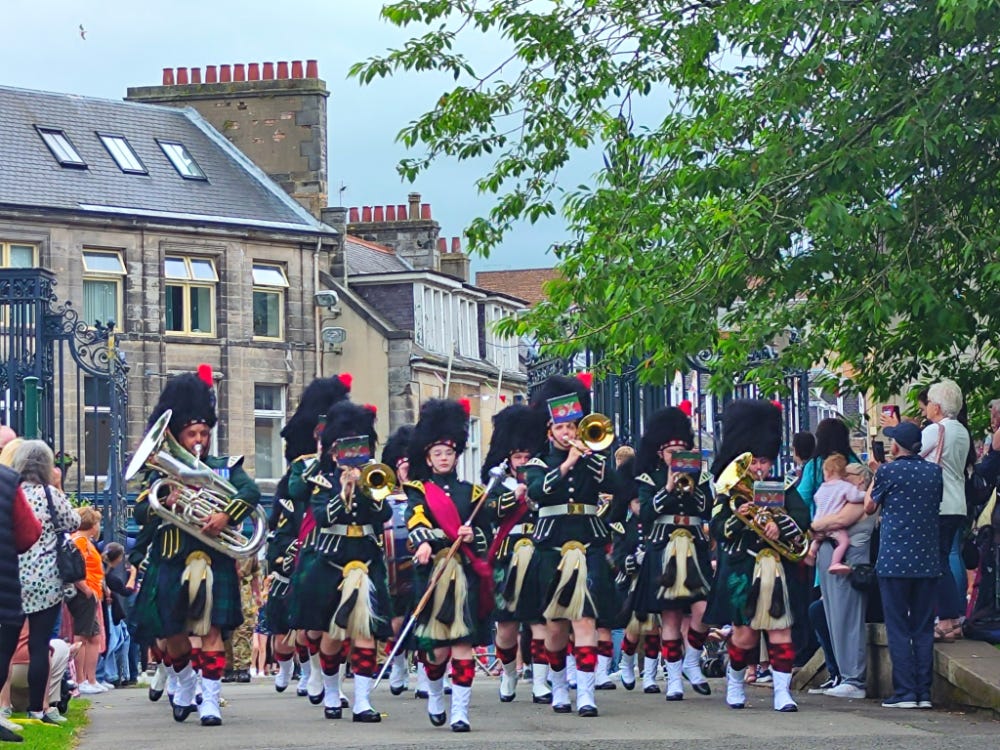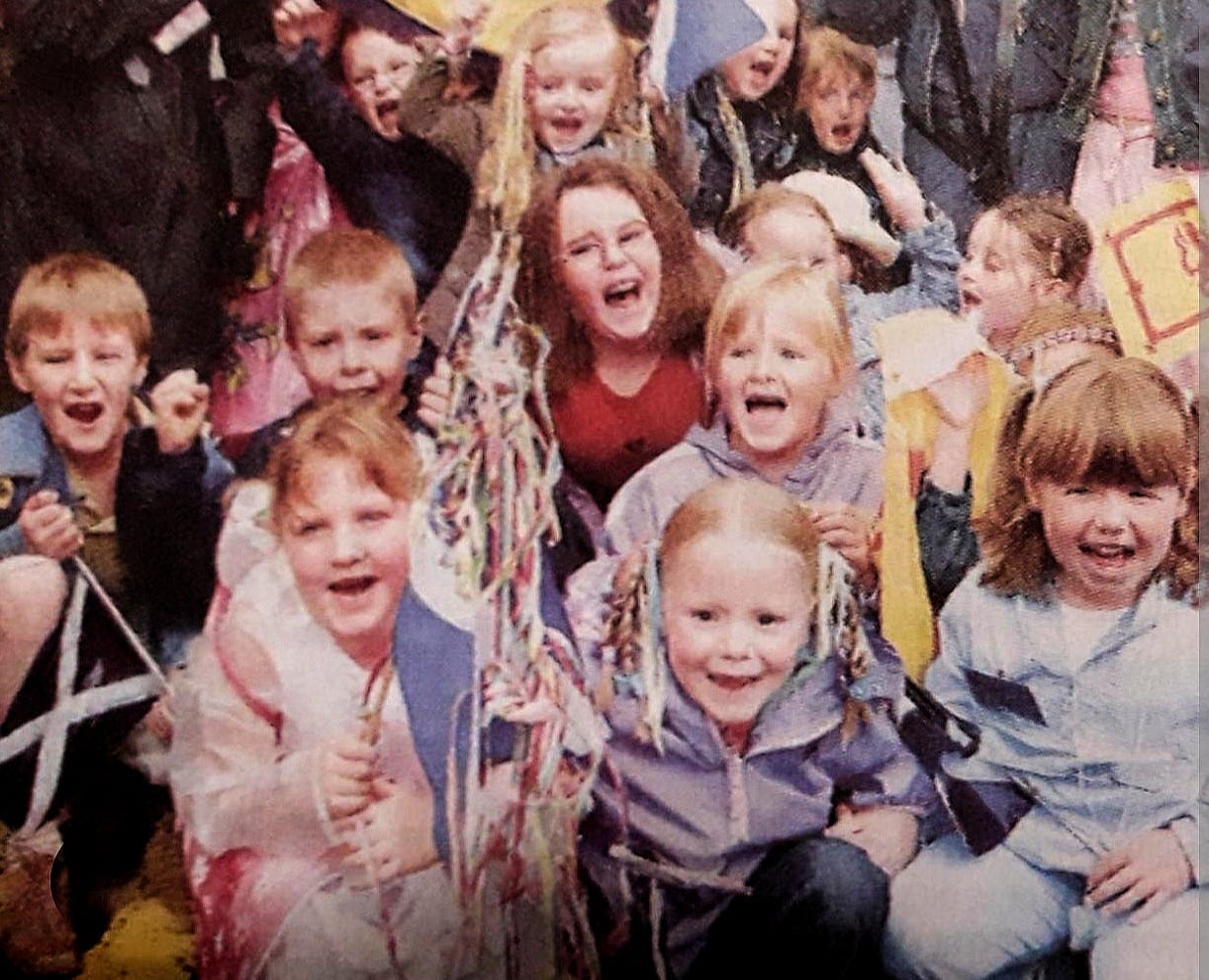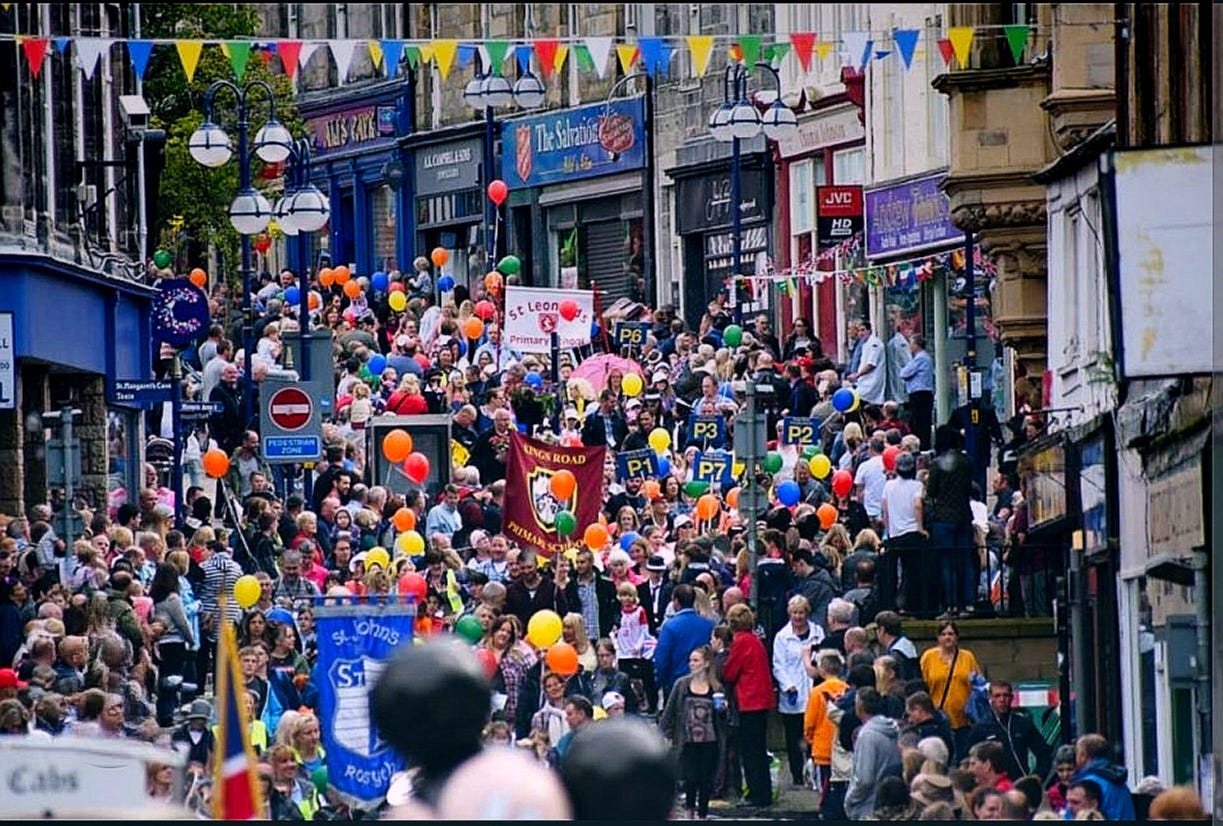The Enduring Legacy of the Dunfermline Children's Gala
Over a Century of Community and Celebration
For over 120 years, the Dunfermline Children's Gala has stood as a testament to the resilience and vibrancy of Scottish cultural traditions. Originating in 1902 as a modest civic initiative, this annual event has evolved into Scotland's largest and oldest children's gala, weathering world wars, pandemics, and shifting social landscapes while maintaining its core mission of fostering community bonds and childhood joy. The Gala's history intertwines with Dunfermline's industrial heritage, philanthropic legacies, and the unwavering dedication of generations of volunteers, creating a living tradition that continues to shape the city's identity in the 21st century.
Foundations and Early Evolution (1902-1945)
The Cooperative Movement's Civic Vision
The Gala's origins trace directly to the Dunfermline Co-Operative Society's progressive social vision in the early Edwardian era. Established in 1902, the event initially served as both a children's celebration and a demonstration of cooperative values, with the first parades featuring banners promoting mutual aid and community solidarity. These working-class roots distinguished it from similar Victorian-era festivals that often carried religious or charitable overtones.
Early photographs reveal meticulous organisation - children marched in school contingents wearing starched collars and carrying paper flowers, while tradesmen decorated lorries with patriotic bunting. The route from East Port to Pittencrieff Park ("The Glen") established spatial traditions that persist today, though the original procession included stops at Co-op stores for refreshments.
Carnegie's Transformative Influence
Andrew Carnegie's 1903 intervention through the Carnegie Trust marked a pivotal expansion. The steel magnate's funding enabled:
Free transportation for rural participants via specially chartered trains.
Elaborate costumes and props designed by professional artists.
The introduction of competitive sports and educational exhibitions.
This philanthropic phase (1903-1970s) saw the Gala adopt quasi-Olympic elements, with athletic competitions judged by local dignitaries. A 1912 program lists events like "egg-and-spoon races" alongside demonstrations of the new "moving pictures" technology, reflecting Carnegie's belief in combining recreation with enlightenment.
Postwar Resurgence and Modernisation (1946-2000)
Rebuilding Community Through Ritual
The 1951 British Film Institute footage captures the Gala's post-war renaissance. Over 3,000 children parade past bomb-damaged buildings still awaiting reconstruction, their paper crowns and homemade banners symbolising renewal. This era saw the introduction of themed parades—1947's "Empire Pageant" gave way to 1953's Coronation celebration, adapting royal iconography to local needs.
Key postwar developments included:
The 1960s "Pop Gala" incorporated rock bands and go-kart displays.
1970s environmental themes responding to oil crises.
Professional event planners replaced volunteer committees in 1988
The Carnegie Trust's 1975 withdrawal created an existential threat. Annual costs had ballooned to £20,000 (≈£200,000 today), prompting innovative survival strategies:
Corporate sponsorships from local breweries and retailers
The first paid admission charges in 1979
School-led fundraising through sponsored silences and talent shows
This turbulent period cemented the Gala's reputation as a grassroots initiative. A 1982 editorial in The Dunfermline Press declared: "The people's gala shall not perish while Fife mothers can bake scones and fathers can hammer stalls".
21st Century Challenges and Innovations
Pandemic Resilience and Digital Pivots
The COVID-19 crisis prompted the Gala's first cancellation since 1945, but organisers responded with:
Virtual parades using Minecraft student builds (2020)
Drive-through goodie bag distributions
Augmented reality treasure hunts in Pittencrieff Park.
These adaptations preserved community engagement while testing hybrid formats. The 2023 revival attracted record crowds, with drone footage showing 5,000 participants forming a human Saltire flag.
Sustainability and Inclusion Initiatives
Recent committees have prioritised:
Carbon-neutral events through partnership with Fife Council
BSL-interpreted ceremonies for deaf children
Sensory-friendly quiet zones amid the festivities
A 2024 survey indicated 92% of parents view the Gala as crucial for intergenerational connection, though concerns persist about rising costs and volunteer shortages.
Cultural Significance and Comparative Context
Within Scottish Gala Traditions
Dunfermline's event stands apart through:
Scale: 15,000+ annual attendees vs. Loanhead's 2,000 (established 1923)
Duration: Unbroken run except for World Wars vs. Cellardyke's lapsed Sea Queen Festival
Educational focus: Maintained academic competitions, unlike purely recreational galas
The 2018 National Museum of Scotland exhibition highlighted Dunfermline's unique blend of labour history and childhood pageantry, displaying original 1930s banners alongside VR reconstructions of lost traditions.
Anthropological Perspectives
Scholars identify three core social functions:
Communitas - Dissolving class barriers through shared ritual
Memory Transmission - Oral histories preserved in family traditions
Civic Pedagogy - Teaching democratic participation through event planning.
A 2023 University of St Andrews study noted that participants develop 28% stronger community attachment than non-attendees, validating the Gala's enduring relevance.
Conclusion: Preserving the Future of the Past
As Dunfermline confronts 21st-century challenges - from digital fragmentation to climate anxiety - the Children's Gala offers a model of adaptive tradition. Recent innovations like the 2024 "Pop & Planet" theme (merging music fandom with eco-activism) suggest ongoing vitality. Yet, survival requires addressing critical issues:
Volunteers: This is an ongoing problem for events of this type, necessitating the constant search for new talent.
Funding Models: Exploring endowment funds and heritage grants beyond corporate sponsorships.
Cultural Memory: Digitizing archives from the 750,000+ historical photographs identified in local attics.
The Gala's legacy lies not in its longevity but in its proven capacity to mirror societal change while nurturing childhood wonder. As a 97-year-old participant reflected in 2023: "The paper crowns fade, but the light in bairns' eyes stays just as bright". Through wars, pandemics, and the march of progress, that luminous thread continues to bind Dunfermline's past to its future.
Thanks for reading. Your support is much appreciated.






